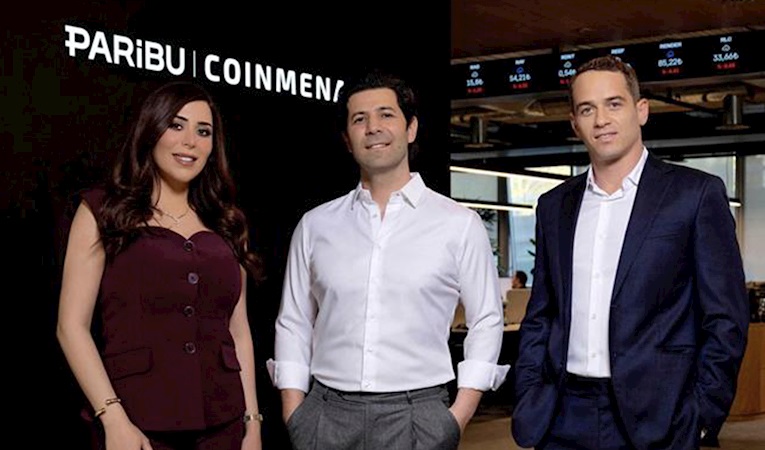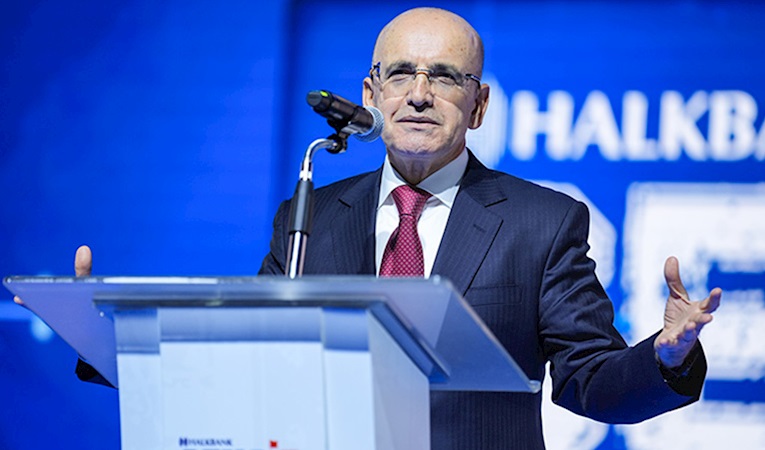
-
BIST 100
 11007,37%0,81En Düşük10909,34En Yüksek11015,54
11007,37%0,81En Düşük10909,34En Yüksek11015,54 -
DOLAR
 42,54%0,08Alış42,5040Satış42,5667En Yüksek42,5669
42,54%0,08Alış42,5040Satış42,5667En Yüksek42,5669 -
EURO
 49,57%-0,07Alış49,4944Satış49,6380En Yüksek49,6803
49,57%-0,07Alış49,4944Satış49,6380En Yüksek49,6803 -
EUR/USD
 1,16%-0,02Alış1,1641Satış1,1642En Yüksek1,1675
1,16%-0,02Alış1,1641Satış1,1642En Yüksek1,1675 -
ALTIN
 5738,83%-0,24Alış5734,56Satış5743,09En Yüksek5821,43
5738,83%-0,24Alış5734,56Satış5743,09En Yüksek5821,43
-
BIST 100
 11007,37%0,81En Düşük10909,34En Yüksek11015,54
11007,37%0,81En Düşük10909,34En Yüksek11015,54 -
DOLAR
 42,54%0,08Alış42,5040Satış42,5667En Yüksek42,5669
42,54%0,08Alış42,5040Satış42,5667En Yüksek42,5669 -
EURO
 49,57%-0,07Alış49,4944Satış49,6380En Yüksek49,6803
49,57%-0,07Alış49,4944Satış49,6380En Yüksek49,6803 -
EUR/USD
 1,16%-0,02Alış1,1641Satış1,1642En Yüksek1,1675
1,16%-0,02Alış1,1641Satış1,1642En Yüksek1,1675 -
ALTIN
 5738,83%-0,24Alış5734,56Satış5743,09En Yüksek5821,43
5738,83%-0,24Alış5734,56Satış5743,09En Yüksek5821,43
- Anasayfa
- Haberler
- Tüm Haberler
- The Cross-Border Store Competition
The Cross-Border Store Competition
Mavi Jeans, Damat-Tween, Alfemo, Çilek Mobilya... What all these brands have in common is that they are as active with their stores abroad as they are inside the country. Nor is it only them. In re...
Mavi Jeans, Damat-Tween, Alfemo, Çilek Mobilya... What all these brands have in common is that they are as active with their stores abroad as they are inside the country. Nor is it only them. In recent years, tens of Turkish brands have made progress abroad and, as of 2008, had stores in 66 countries. Our research shows that Turkish brands have over 587 stores abroad and nearly 900 distributors. The foreign countries in which there is the most competition are Russia, Romania and Ukraine. In recent years in particular, the stores competition has been feverish in Eastern Europe, CIS and Middle Eastern countries in particular. Analysts say that this competition will continue in the future.
“We have started from markets which are easily accessible logistically, taking as a model the ripples that are created when a stone is cast into water. We shall continue to expand until out network covers the entire world. Because our goal is to be a global brand.”
These words belong to Ekrem Akyiğit, the CEO of Collezione, whose brand has reached 32 distributors in 18 countries. Like tens of businesspeople who think that being global is not just exporting but having a presence with their own brand, he has set his sights on opening stores abroad and decided to begin by granting distributorships.
There have been many businesspeople who think like Akyiğit in recent years. Today, hundreds of Turkish brands are providing services through their own stores in different countries from Latvia to Africa, China and Switzerland. Here are the Turkish brands which have reached consumers by opening hundreds of stories in 66 countries, together with their plans for the future.
Clothing Is The Leader
Subcontracted production meant that textiles and clothing were the first sector to open up to the rest of the world. Clothing manufacturers, whose export relationships going back years meant that were very familiar with the European market in particular, later understood the need for branding. As a result, competition moved in an entirely new direction and it became important to have stores. All of these reasons have meant that clothing is still the leading sector in terms of the Turkish stores abroad.
 Furniture is the sector which comes next after clothing in terms of the sectors which have been opening stores most intensively. The furniture companies which have made a name for themselves abroad include Çilek Mobilya with 82 stores, Alfemo with 46 stores, Yataş with 21 stores and İpek with 13 stores. In addition to furniture, there are hundreds of Turkish players from tens of sectors, from jewellery to fast food, slippers and home textiles, who have established for themselves by opening stores abroad. Some have focused on European countries, while others have looked to the Turkic republics. There are also those who have completed their organization in other countries and are turning to the Far East.
Furniture is the sector which comes next after clothing in terms of the sectors which have been opening stores most intensively. The furniture companies which have made a name for themselves abroad include Çilek Mobilya with 82 stores, Alfemo with 46 stores, Yataş with 21 stores and İpek with 13 stores. In addition to furniture, there are hundreds of Turkish players from tens of sectors, from jewellery to fast food, slippers and home textiles, who have established for themselves by opening stores abroad. Some have focused on European countries, while others have looked to the Turkic republics. There are also those who have completed their organization in other countries and are turning to the Far East.
Russia And Eastern Europe Are The Favourites
Even if Europe, which is Turkey’s largest export market, still remains attractive, it is now no longer the first choice of many retailers. The fact that Russia, Ukraine and the countries of Eastern Europe are all still virgin territory is whetting the appetite of brands in many sectors. We asked Servet Topaloğlu, one of the best known figures in retailing, why these countries are attractive. Topaloğlu replied as follows: “In addition to Russia, Bucharest in Romania, Prague in the Czech republic, and Warsaw in Poland are magnets for every retailer who wants to do business and be seen. The reason is that these regions, which for years had remained below international standards and forgotten consumption, have begun to consume at a rate commensurate to how much richer they have become, in fact even more so. They have no concerns about their own or their countries’ future and they shop with absolute ease.”
The Far East Is Becoming More Attractive
In recent years, the countries of the Far East have been amongst the countries where Turkish brands have gone on the offensive in terms of opening stores. Despite its geographical disadvantages, the new economic environment in China in particular has meant that it has become one of the countries on which many brands have focused. For example, the Orka Group has recently taken an important step in relation to this target, and is planning putting eight new concept stores into service this year in the Far East. Orka Group Board Chairman Süleyman Orakçıoğlu says: “We are starting to take important steps in order to be an extremely influential brand not just in Europe, the Gulf states, the countries of the Balkans and Russia but also in the Far East.” The other locations favoured by Turkish brands include the Baltic states, Scandinavia, the Arab countries and North Africa.
What Is The Cost Of Being Global?
So, how much does one need to pay in order to have a presence on the most popular streets in the most expensive cities in the world? According to the 2008 Retail Report by Colliers International, the rental process on the most famous shopping corridor in the world, New York’s 5th Avenue, where some Turkish brands have a presence, is US$17,750 per metre per year. The price is US$15,798 on the Champs Elysees in Paris, US$15,791 on Tverskaya Street in Moscow, and US$11,298 on London’s Oxford Street.
Yasemin Erdoğan
[email protected]
Türkiye ve dünya ekonomisine yön veren gelişmeleri yorulmadan takip edebilmek için her yeni güne haber bültenimiz “Sabah Kahvesi” ile başlamak ister misiniz?






